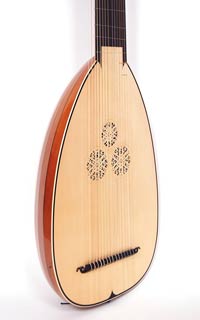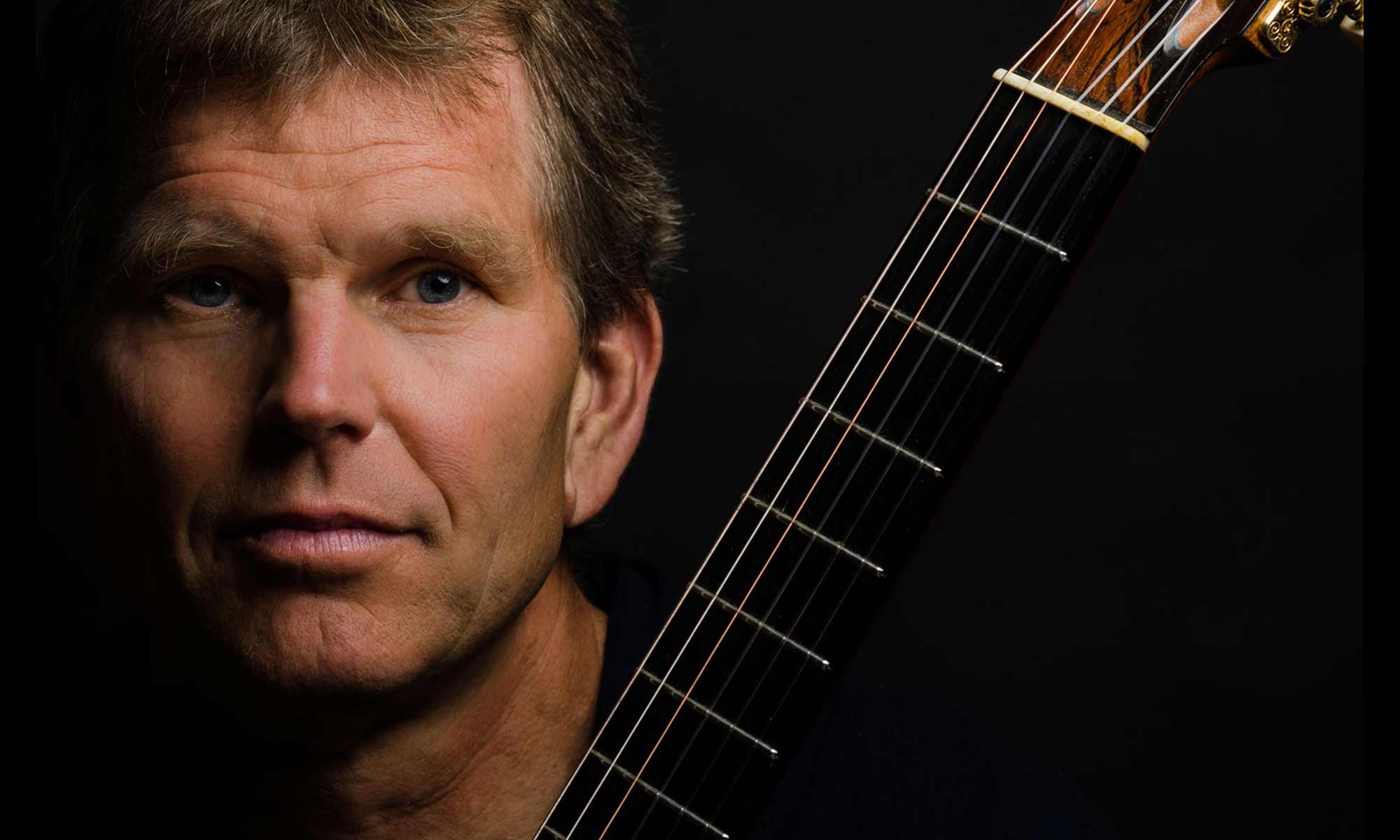 Theorbo
Theorbo
Developed in the early 17th century, the theorbo became one of the most common continuo instruments in Europe.
I became interested in the theorbo after years of trying to get an acceptable sound on the lute. The single strung 14 course theorbo is much more amenable to a guitarists nails than the double strung lute! The re-entrant stringing of the theorbo also makes for delightfully close harmonies and the extended bass is pure bliss – providing you hit the course you are aiming for!
It is also a wonderful instrument for providing basso continuo accompaniment to both vocal and instrumental ensembles/soloists. I am deeply indebted to my friend Richard Stone of Tempesta di Mare fame for his superb instruction, inspiration and advice.
I provide here a brief sample of the repertoire for solo theorbo – mainly centered in early to mid 17th century Italy and late 17th century France. The theorbo I play is by Jason Petty of Brooklyn, NY and is based on a French instrument.
Prelude in D by Robert DeVisee (1655-1732)
Toccata Arpegiatta by Alessandro Piccinini (1566-1638)
Toccata #4 by Piccinini
Ciaconna by Piccinini
Toccata, mid 17th century, anonymous
Early Guitar
By the time the 19th century rolled around, the guitar had pretty much settled into the six-string instrument we know today. The scale of the instrument was considerably smaller than today and the bracing system was different – engendering a sweeter, more intimate sound.
I have chosen two works by Fernando Sor, though the version of the Gran Solo is a reworking by Sor’s friend, neighbor and duo partner, Dionisio Aguado. The instrument featured here is by the English Luthier Gary Southwell, and is based on an 1830s era Lacote.
Andante Largo by Fernando Sor (1778-1839)
Gran Solo by Sor
